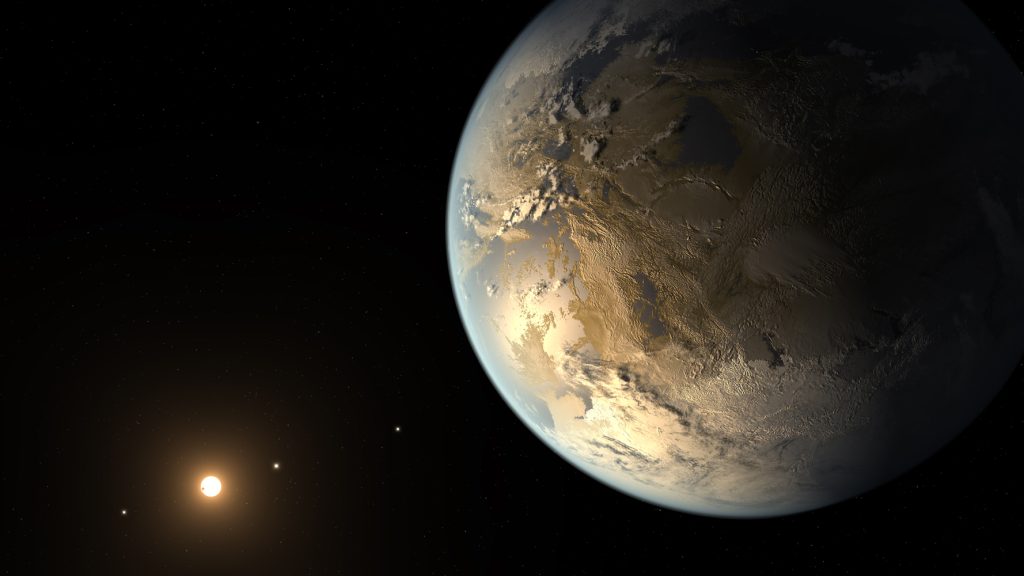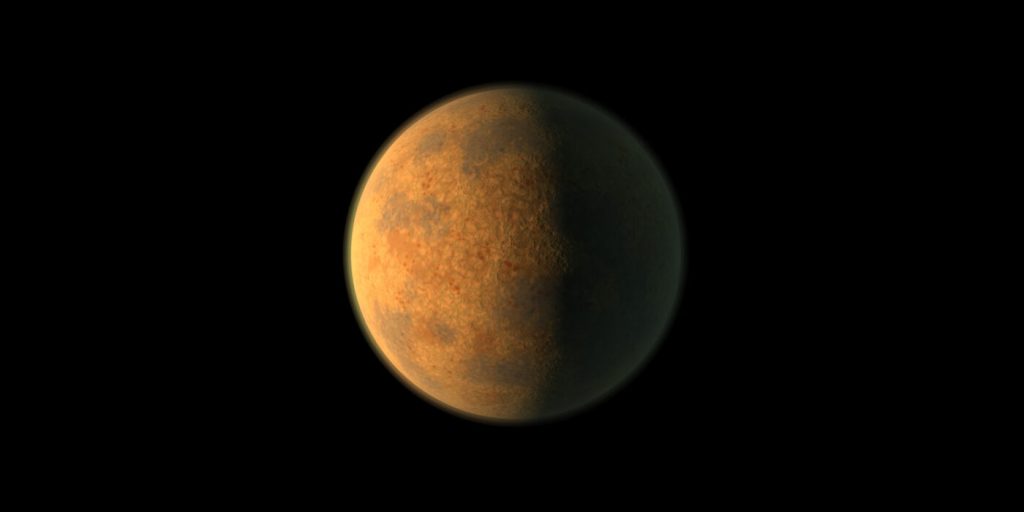Los cinturones de hielo en el ecuador son más comunes que las capas de hielo en los polos
Nos gusta ir al sur, hacia el ecuador, para escapar del frío. En los dos polos de la Tierra hay escarcha y hielo permanentes. En todo el universo, esto no es en absoluto la regla, como han descubierto los astrónomos en un trabajo científico. Para ello, un equipo de la Universidad de Washington y la Universidad de Berna simuló computacionalmente más de 200.000 mundos hipotéticos similares a la Tierra -planetas que tienen el mismo tamaño, masa, composición atmosférica y geografía que la Tierra moderna-, todos ellos en órbita alrededor de estrellas similares a nuestro Sol, una estrella de tipo…

